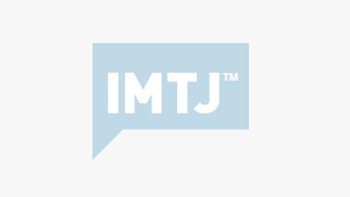Wellness tourism is growing at 12% a year, according to the latest Global Spa and Wellness Economy Monitor from SRI International. Wellness tourism has been identified as one of the fastest growing travel segments, but also the most lucrative and dozens of international hotel groups are fighting to capture market share.
Wellness tourism is growing at 12% a year, according to the latest Global Spa and Wellness Economy Monitor from SRI International. Wellness tourism has been identified as one of the fastest growing travel segments, but also the most lucrative and dozens of international hotel groups are fighting to capture market share.
The driver behind the boom in wellness tourism is a heightened awareness among consumers of the need to take a proactive approach to their health when travelling as well as at home. The supply of wellness tourism has also stimulated demand. But wellness tourism is far more complex than just people travelling for health or wellness.
Secondary wellness, people who seek wellness experiences as part of their trips and not as the sole purpose, is by far the largest segment at 87% of wellness tourism trips and 84% of the $494billion expenditure.
As well as wellness tourism, domestic secondary wellness travellers spend 59% more than regular or non-wellness travellers, whilst their international equivalents spend 159% more.
Within this $494 billion global wellness tourism market, the healthy eating, nutrition and weight loss market is valued at $574.2 billion, the beauty and anti-aging market $1,025.6 billion and the preventative and personalised health market $432.7 billion.
What this means for hotels is that it is a very profitable market, but very demanding as facilities have to be modern and up to date on trend.
High profile hotel and resort brands which have updated product offerings for the wellness market include Crowne Plaza, Marriott, Four Seasons, Four Points by Sheraton, Radisson Blu, Hilton, Holiday Inn, Hyatt, Movenpick, Novotel, Shangri-la, Sheraton, Pullman, Westin, Le Meridien and Intercontinental.
Actions include the introduction of healthier menus and fresher locally sourced food offerings. Other responses have seen improvements to gym equipment and equipment accessibility, whilst the addition of auxiliary wellness offerings such as running shoes, yoga classes and in-room instructional videos have also become popular initiatives.
Starwood Hotels and Resorts has taken an aggressive approach to cornering the wellness market with a dedicated wellness brand called Element by Westin. This began in 2008 and expanded beyond North America via Germany in 2014.
InterContinental Hotels Group has a dedicated wellness brand, Even Hotels, with a plan to open one hundred within five years.
Wellness tourism may sound an easy earner, but the wellness consumer experience has to be top notch, with wellness travellers demanding high quality, value for money and results, all within the wellness offering. Hotels who cut corners or promise more than they deliver will suffer as the use of travel review sites mean that shared good or bad experiences can even decide if a hotel survives.








 ©2024 All rights reserved LaingBuisson
©2024 All rights reserved LaingBuisson 


